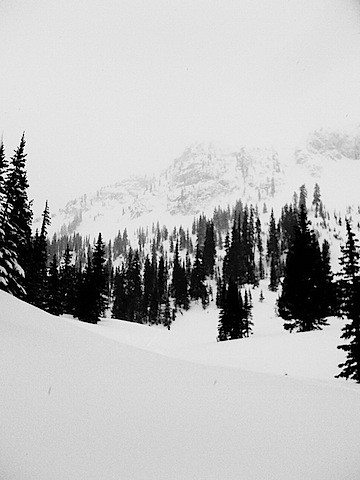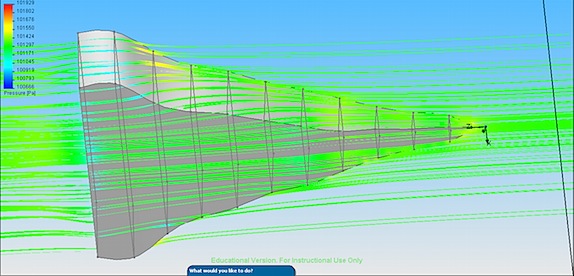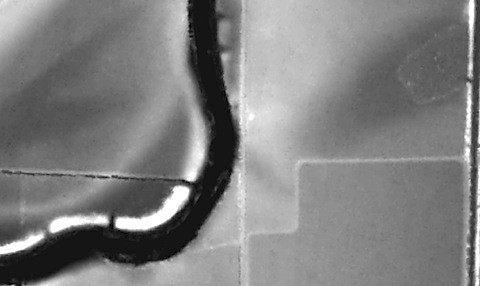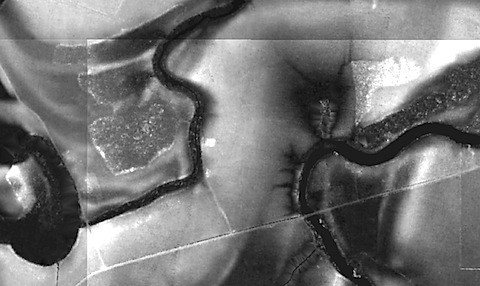My friend Andy sent me a link to an article in the Chronicle Review today and pointed out that one of puzzling aspects of much of academia is its fear of reductionism and simplification and its love of "complexification." He makes a good point... while stating that things are "complex" may make good fodder for righteous social and political action, the goal of academia (particularly science) is to make explain the impossibly complex by breaking it down into explicitly constructed and explicitly related blocks of understanding. This is "reductionism" in the sense of scientific explanation. Russell Jacoby makes this point in the Chronicle Review article with regards to the common statement made by many academics in their talks or papers:
The author explains that he or she will "complicate" our understanding of some event or phenomenon. "In this article," writes an ethnic-studies professor, "I seek to complicate scholars' understanding of the 'modular' state by examining four forms of indigenous political space." Everyone seems pleased by this approach. Why? The world is complicated, but how did "complication" turn from an undeniable reality to a desirable goal? Shouldn't scholarship seek to clarify, illuminate, or — egad! — simplify, not complicate? How did the act of complicating become a virtue?
[From Not to Complicate Matters, but ... - ChronicleReview.com]
The "complexification" of the social sciences is a fairly awful plague that seems to have swept through the various disciplines. I don't know how many talks I've heard at meetings where earnest and dour scholars pronounce that "up until now previous scholars have treated the problem as X Y and Z when in fact it is so much more 'complicated.'" Here we learn that people "are not always rationale" or "the economic relationships are two-way and self referential" or that "people construct the landscape as much as the landscape constructs them." Or whatever.
The declaration of complexity in any phenomena serves value - it serves an activist role that makes everyone question their inherent biases. Many cultural studies programs at Universities serve these kinds of needs (and in many cases have *served* that need that once existed). Anthropologists serve this role well - it seems that anthropologists can be found in nearly every conceivable Department in the social sciences simply because the offer that "things are complex" role.
But complexification is not explanation. Explanation requires building units of meaning and then specifiying their relations so that one can take the complex and make it comprehensible. Stating that things are complex is just an admission of the need for simplication through theoretically based explanation not an end product in and of itself. Jacoby makes this point well:
Complexity for its own sake is no virtue. More turrets are not necessarily better than fewer. Perhaps it is time to return to Ockham's principle of parsimony, his so-called razor: "Plurality is not to be posited without necessity." Instead we have gone in the opposite direction. The cult of complication has led — to alter a phrase of Hegel's — to a fog in which all cows are gray.
_





